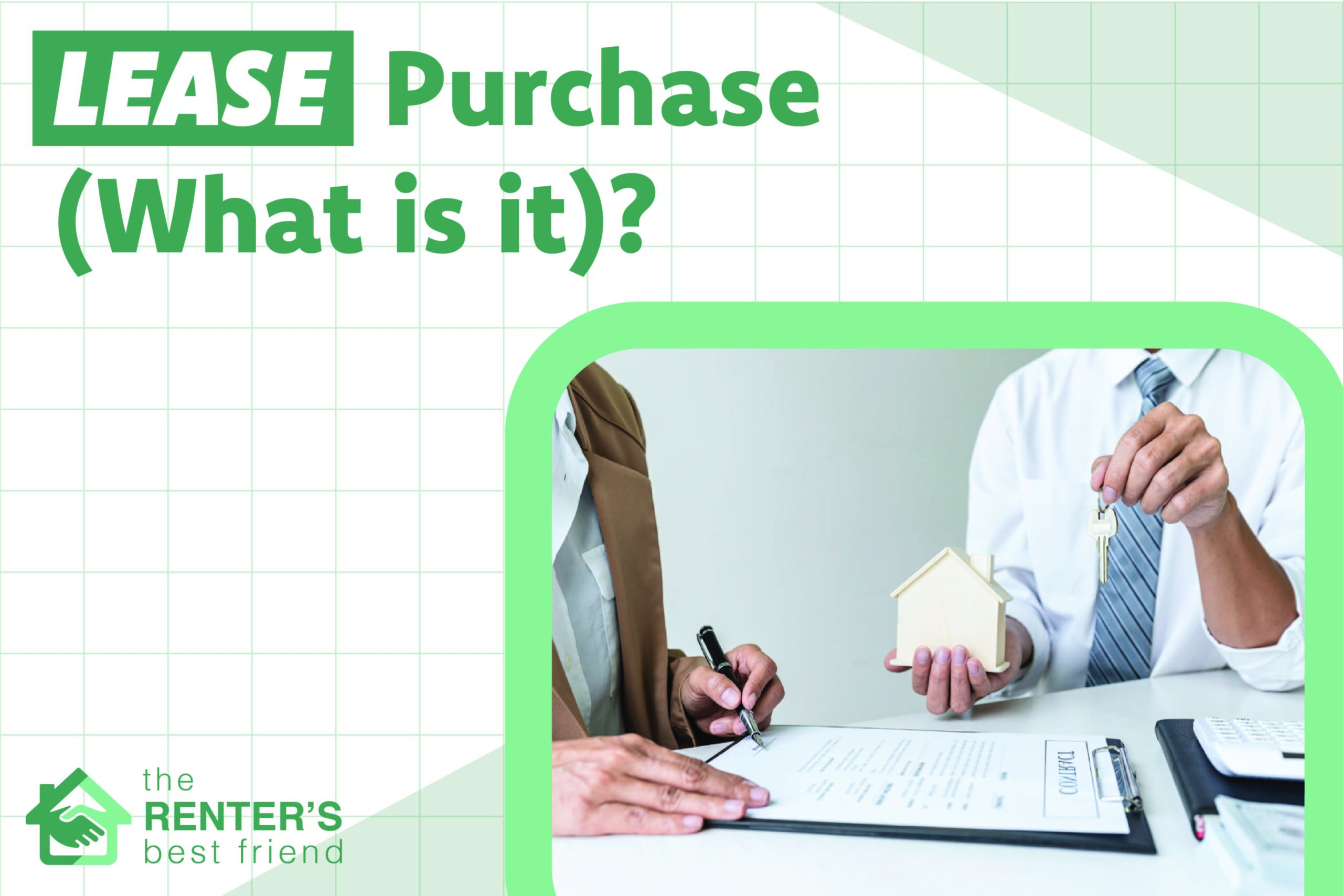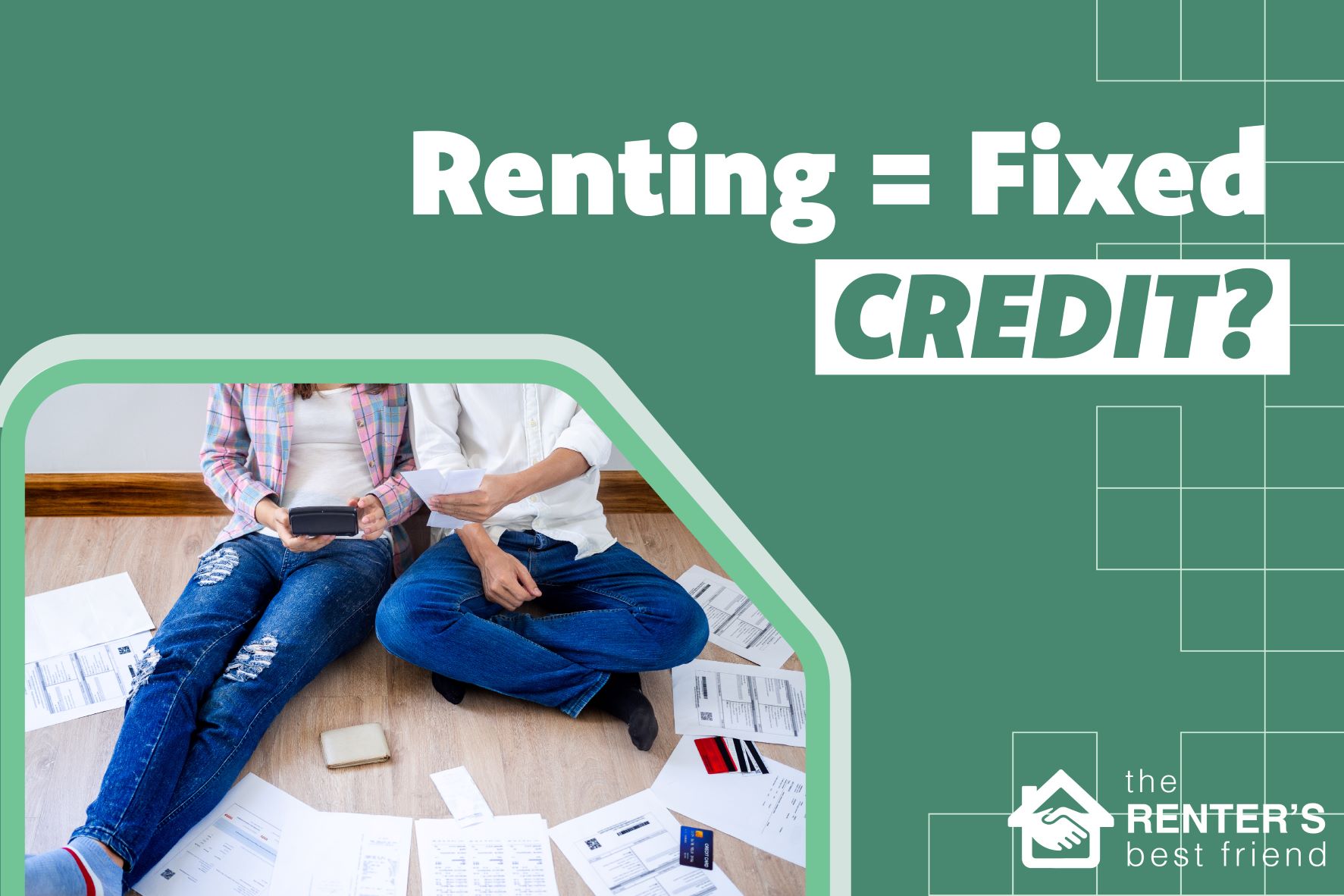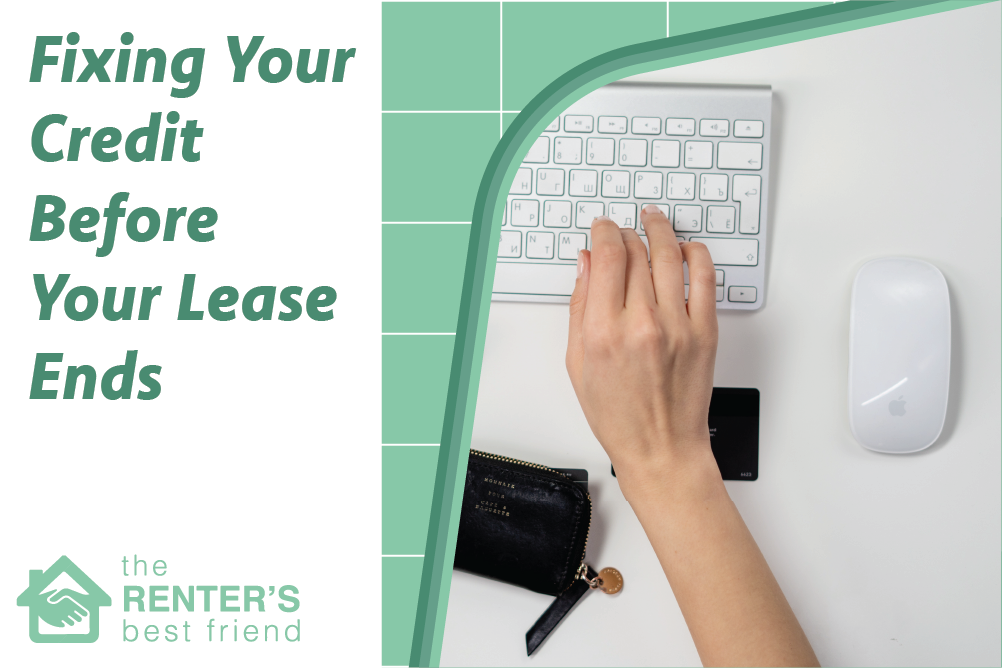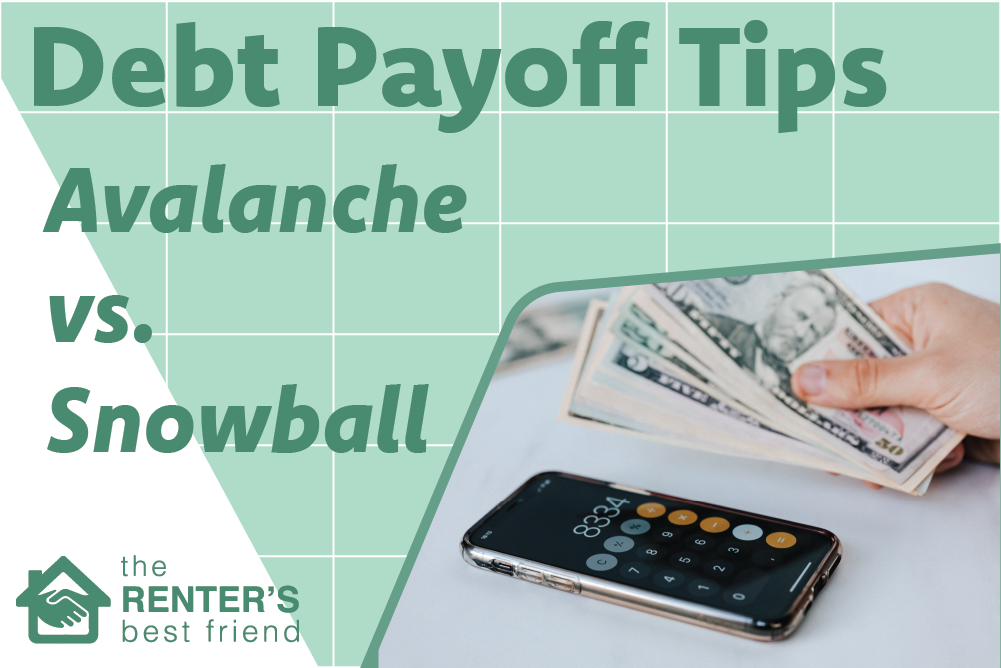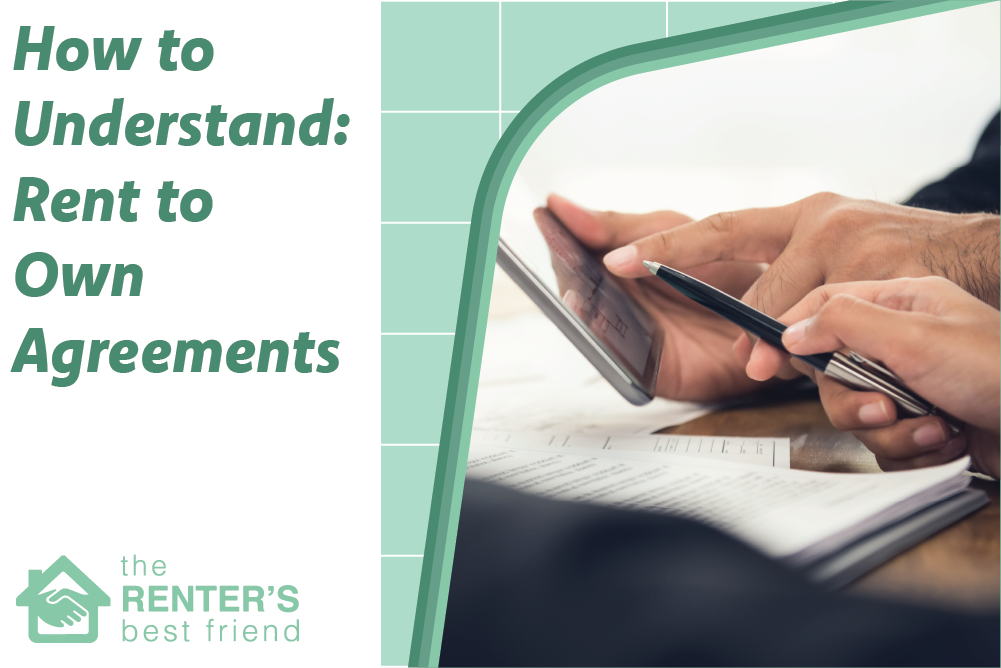Credit card debt may be more universal than you think. According to one recent study, Americans owe nearly $900 trillion to credit card companies alone as of 2021. So if you have found yourself in credit card debt, know that you certainly are not alone.
But when you’re paying down that credit card debt, it can feel incredibly isolating and you may struggle to decide where to even begin. There are different methods of tackling this kind of debt, and we’re going to give you the low-down on a few of them here.
The two most popular methods we’re going to discuss in this article are debt avalanche and debt snowball. The main difference between these methods is really about how you are best motivated to continue to pay them down. The debt avalanche method is about keeping the amount you pay in interest to a minimum. The debt snowball method is about setting and hitting goals all along the path toward completion.
We’ll touch on the pros and cons of each of these methods in just a moment, but let’s first take a look at why simply making the minimum payment on your credit cards leads to a cycle of debt.
Making Minimum Payments
Though it varies from provider to provider, the minimum payment on your outstanding balance is typically between 1 to 3% of the total owed. Check the specific terms of your credit card to see what this number is. As appealing as it might seem to only pay the minimum each month, this may barely scratch the surface. And the longer that balance is carried, the more interest it will continue to accrue.
This can eventually spiral out of control until the point that your monthly payments pay nothing more than that interest alone. The faster you repay the principal, the less interest you will be charged. It’s as simple as that.
The Basic Overview
Paying down credit card debt is a daunting task. Unless you have the kind of financial security to simply pay off that debt in one big payment, you are going to have to find a different method of working it off a little at a time. Here is the basic breakdown of the three best ways to accomplish this.
-
- Debt Avalanche: This approach is a long game, as it likely will take the longest to realize. With this method, you pay off the card that has the highest interest rate first. By concentrating your biggest payments here, you will pay less interest in the end than with other methods.
- Debt Snowball: This method gives you a little psychological boost as you set and achieve goals, helping you maintain your habit of paying down your debts. With this approach, you begin by paying off the card with the smallest balance. Once that is paid, you then go to the card with the next smallest amount.
- Balance Transfer: This approach could ease the pressure of paying interest while working down your debt. But they come with a pricey fee and may not be available to everyone.
- Debt Consolidation: This method has you transfer all of your existing debts to a new credit card or loan so that you only need to make one monthly payment. You should research carefully in order to find a lower rate of interest than you are currently paying.
The Debt Avalanche Method
While this approach is one of the best plans for paying off credit card debt, none of these methods is without disadvantages. This method is a great plan for financially disciplined people who want to clear their debt in the quickest and cheapest way possible.
Let’s touch on a few of the pros and cons when using the debt avalanche method.
Pros:
- Because this approach tackles the card with the highest interest rate first, lowering the amount of additional money that you will owe over time, you will save more money overall.
- Since your interest fees will decrease as you also decrease the debt you owe, your debt will drop faster and faster the closer you get to paying it off, thus creating the “avalanche effect” of this method.
Cons:
- It could be difficult to self-motivate for many people using this method, as there is a lot of money being paid out in the beginning.
- Because this method tackles the highest interest rates first, it may take longer before you see any noticeable progress.
The Debt Snowball Method
The snowball method is likely to be the best approach if you need encouragement in order to maintain your discipline with this plan and if you would be motivated by seeing your debt disappear card by card.
Let’s touch on a few of the pros and cons when using the debt snowball method.
Pros:
- Setting and achieving goals releases dopamine and motivates you to take productive action. So you get a boost each time you eliminate a card’s debt.
- The gratification that comes from paying off one card tends to provide the momentum you need to stay with your repayment plan.
- In addition to that satisfaction, you will also have more finances available to pay on the next card’s payment, thus creating the “snowball effect” of this method.
Cons:
- This is a slower approach for paying down your debts, taking longer than the debt avalanche method.
- As this method does not address the highest balances first, you will be likely to pay more in interest by the time you are finished paying off these credit card balances.
Other Methods
If you find yourself overwhelmed by a large amount of debt and the methods above do not seem like they will help, you might want to consider another approach. Here are a couple of additional methods that could be a better fit for your specific situation.
Balance Transfer
These credit cards usually offer a promotional introductory 0% interest rate for a specific amount of time, usually somewhere between 6 months to almost 2 years. You can transfer your high-interest debt onto this new card so that now all of your monthly payment is applied solely to the principal. Because you are not having to pay interest during the life of this offer, you will be able to pay down your debt much faster than if you were paying for interest as well as the principal.
Keep in mind, however, that these types of cards are typically only available if you have a high credit score. Additionally, in most cases, balance transfer cards charge a 3 to 5% balance transfer fee, which will be added to your existing debt.
Debt Consolidation
Another possible approach that might help you to pay off your credit card debt is by taking on a debt consolidation loan. With this method, you apply for a personal loan that combines all of your debt into one place. Over the term of that loan, usually between 3 to 7 years, you pay only one fixed monthly installment that is applied to all of the various debts that were consolidated.
Typically, these loans accrue a lower interest rate than those associated with credit cards, but you should do your research to make sure that is the case. While this method will not reduce the amount of debt that you owe, it should prevent you from taking on as much additional debt from interest. In addition, when you qualify for this loan, your credit utilization will decrease, which should also give your credit score a boost.
Bottom Line: Find the Method That Works Best for You
While each of these approaches goes about it in a slightly different way, each of them could give you the tool that you need to regain control over your credit card debt. With any luck, this article has given you a good idea of what you can expect from each of them.
If you have mounting debt and need a plan of action, do your homework on the options presented here. Having a plan is crucial, and regardless of which of these methods you decide is right for you, that method is sure to see you through this financial transformation.

